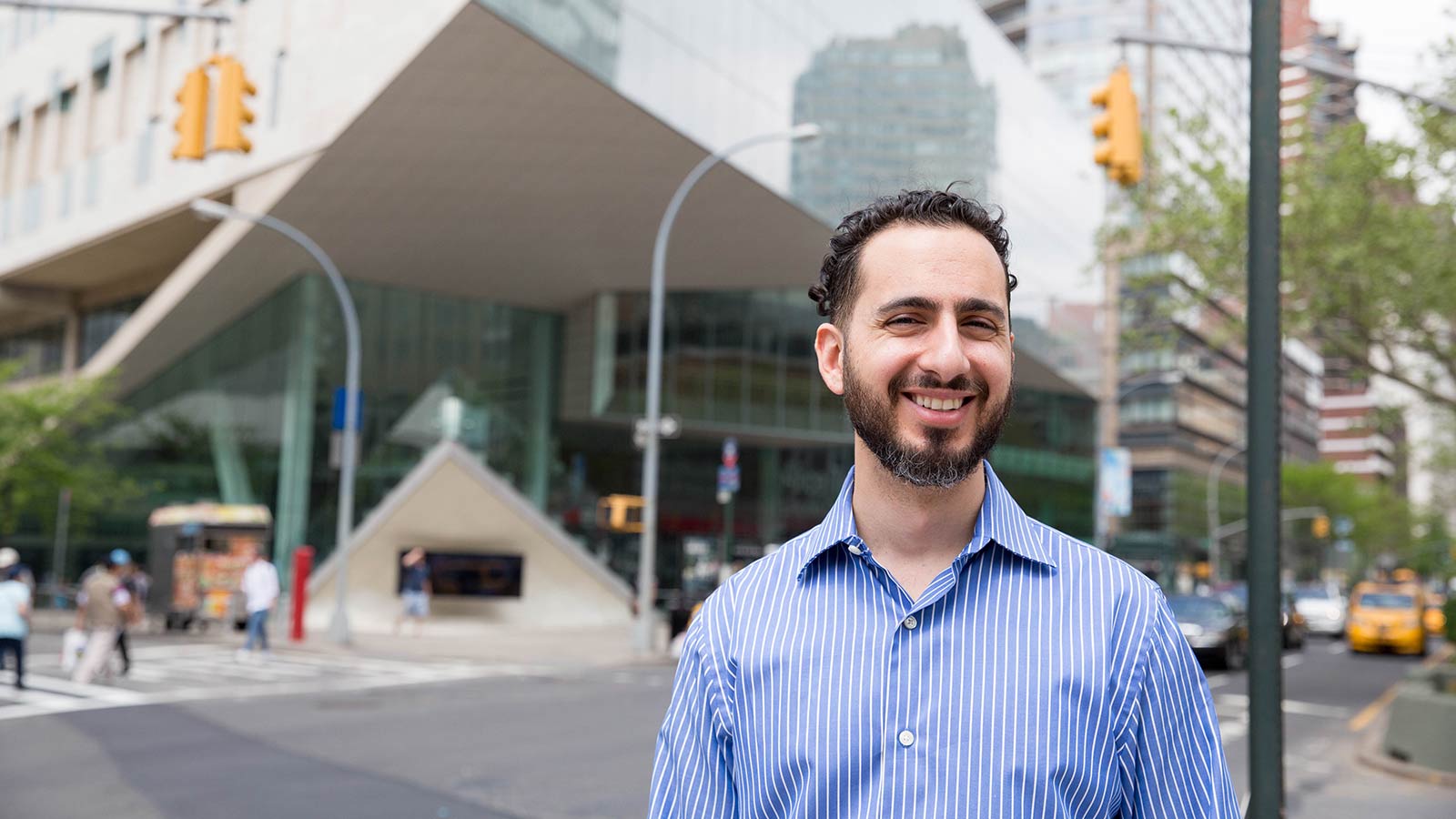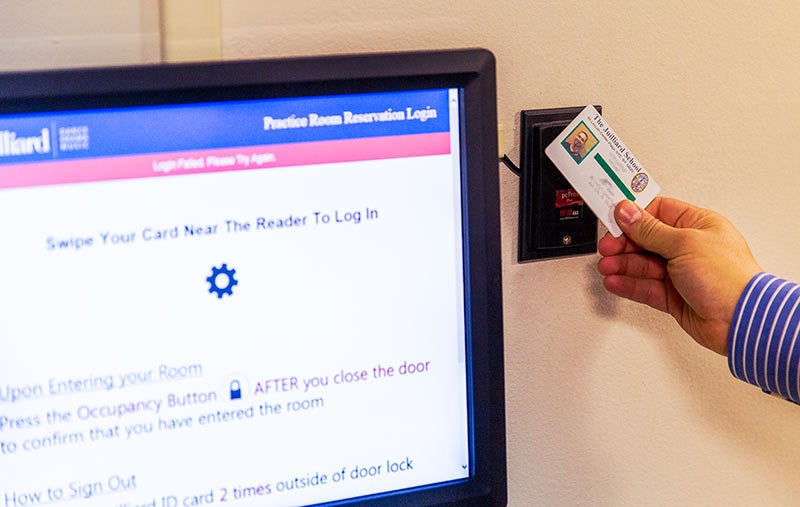
Opening Doors at Juilliard
Summer 2015 | By Jim Abbott
At the Juilliard School in New York, the search for open rehearsal spaces has been a constant problem at a campus where aspiring actors, musicians and dancers outnumber available practice rooms by almost 7 to 1. Many students and teachers had conceded that the issue might be impossible to resolve, but that didn’t stop operations manager Adam Gagan, ’12.
Using skills he gained through his M.S. in industrial engineering, Gagan devised an online reservations system that streamlines how students find open practice rooms on campus in real time.
“One of my bosses told me not to waste too much energy on it,” says Gagan, who started working at Juilliard in May 2014. “[My boss said], ‘This is a problem that we’ve had for years at this school.’ But I was fixated on it.”
To understand the situation, Gagan met with Juilliard’s Student Council and student focus groups, faculty members and administrators. He researched the reasons that a short-lived, paper-based reservations system had failed in the face of complicated student rehearsal needs.
“You cannot give these students a time limit,” Gagan says. “You can practice piano for up to six hours. With a wind instrument, two hours is usually the maximum. Also, students have preferences for certain rooms. Voice students, for instance, can’t be in a room with curtains.”

To solve a nagging access problem, Adam Gagan, ’12, developed an electronic reservation system for the famed New York performing arts school.
Gagan’s solution was an online system that allows students to see what practice rooms are available, sign up for them at centrally located kiosks, and, once in a room, take short breaks without forfeiting the space. Students can also check room availability on their cellphones with a companion app. A pilot program successfully tested the system in 10 of Juilliard’s 90 practice rooms this past spring, and the system is expected to be fully operational by fall.
“Knowing immediately if there are any rooms available and which ones are available is so great,” says Juliann Ma, who is finishing a master’s degree in piano. “Plus, if you’re in rehearsals with multiple people, you can immediately notify them.”
For Gagan, whose passions for engineering and acting had once been competing interests to be indulged separately, the reservation system represents the connection between science and the arts that he envisioned when he arrived at Juilliard.
“Industrial engineering is about making things more efficient, consolidating things,” he says. “I knew I wanted to pull my interests together, but I didn’t know how. I figured out a way to do it.”
How to Solve a Problem Like an Engineer
(According to Adam Gagan, ’12)
- First you have to fully understand the problem. Meet with everyone involved, from provider to end user. Research the history of the problem and the solutions that have been tried in the past.
- With sufficient information gathered, use a minimalist approach by consolidating findings to answer the following questions: (1) What is the exact problem you are trying to solve? (2) What factors are causing the problem? (3) By what constraints do you have to abide?
- Develop your solution, but remain flexible. Your solution will evolve over time. Prepare for the possibility that it will be shot down completely. Don’t lose hope; get back to the drawing board.
- After you’ve developed your solution, find ways to break it. Contingencies, loopholes, gaps, ambiguities and escapes should all be addressed. Create controls to lower the chance of failure.
- When pitching your solution, don’t take all the credit. Show how the expertise and insight of the stakeholders you consulted provided you with all the dots you needed to see the holistic view. All you had to do was connect the dots.
Photos by Geoff Levy, ’13